Word count: 0 Step count: 12,330
Woke up 6:00 or so. Down to breakfast a bit before the official opening hour but they accomodated us anyway. Packed up, met Monika, dragged the bags out to the car while she took care of the bill, drove away.
Passed fields of bright yellow canola and gleaming solar panels, both due to EU renewable-energy regulations.
Stopped in Pehlrimov, “town of records,” to visit the House of Records and “Czech Golden Hands” museum. This museum displays many of the world’s biggest, smallest, most, etc. objects (well, maybe only the Czech Republic’s biggest etc.) as well as a collection of unusual items made by Czechs, such as dozens of objects made entirely of matches (including a playable guitar!), a working steam engine made of glass, and many Muppet-like crocheted dolls of figures from Czech history (including the Golem of Prague)! The photos below show me standing in front of the largest macaroni mosaic, and Kate adding a few stitches to the longest scarf (138 kilometers and still growing!).
Next, a brief stop at an incredibly cute little red castle, on an island in a manmade lake, called Cervena Lhota. This is the Pond District of Bohemia, where the land was too swampy to farm, so hundreds of years ago the water was diverted into many manmade ponds, thus creating a large carp-farming culture and a great deal of usable dry land. Carp are ever-present here, both on the menu and in the art. In Nativity scenes here, one of the shepherds is typically bringing the baby Jesus a carp (!?).
Traveling with Monika and Peter, our guide and driver, is like having a mom and dad who will take you to Gator Land, stop for ice cream whenever you want, and never make you kiss your stinky old aunt. They deal with navigation, parking, hotels, admissions, etc. for us and we do the fun stuff. One could get used to this…
In Trebon, we ate at a very nice restaurant, one of a pair called “Supina & Supinka” (Fish Scales & Little Fish Scales), where they claimed something identified on the English menu as “carp chips” was the speciality of the house. Somewhat dubiously, I ordered it. It was amazing! You could put this fabulous seasoned breading on a rock and it would be delicious.
You know how you finally figure out where everything is in the con hotel right around the time the con is over? That’s how it is on this trip with the streets, the transit system, the language, etc. in each new city.
Also, I’ve really been feeling the truth of the adage “No matter where you go, there you are.” Here we are in this very strange place and yet I am very conscious that I’m still me, with all my neuroses and attitudes, breathing air in the same way and otherwise interacting with my environment in the same way. Also, the birds are still birds, the trees are still trees, and the people are fundamentally still people. Not a unique insight, but it’s what I have to offer today.
After lunch we touristed in the little town of Trebon: visited the castle (mostly archives inside, not open to the public), climbed the bell tower, walked around the town, strolled around the pond and across the dam. Then drove on to Ceske Budejovice (aka Budweis, home of the original Budweiser beer) — at 100,000 people, the largest town we’ve visited in the Czech Republic. Its town square was large and bright — exactly what the town squares in all those small towns we’d visited (nice though they were) want to be when they grow up.
Our hotel, Solne Brany, was lovely, centrally located… and right across the river from a major music festival which, we discovered (and despite the desk clerk’s professions of ignorance) goes until 1:30 AM both days we’re here. Even with the windows shut and with the (probably sedate by comparison with later) afternoon music it was too loud to think straight. After considering the efficacy of earplugs, we called Monika and asked her to deal with it, then went for a walk. 45 minutes later, just as we were about to check out a restaurant for dinner, Monika called: they found someplace else. We decided to check the restaurant before heading back to hotel #1, and were intercepted by someone (a local? another tourist?) who said two other places nearby were much better.
Back at hotel #1, we found that Monika and Peter had already snagged our bags… except for the CPAP bag. Fortunately (“Ave Maria!” cried the desk clerk) it was eventually found. Hotel #2, Hotel Zatkuv Dum, was just a few blocks away as the crow flies or the pedestrian walks, but a half-hour drive due to one-way and pedestrian streets. We inspected the room before committing, it passed muster, and we were out the door heading for dinner while Monika and Peter were still doing paperwork at the front desk. They get a BIG tip.
At dinner I proposed a toast to Kate: “here’s to surviving a crisis.” “It was a problem, not a crisis,” she replied. “We have Staff, we sic’d ’em on it, and they dealt with it.” One could, as I say, get used to this. Of course, maintaining staff like this on a daily basis (and in the US, as opposed to Eastern Europe which, though it’s not as cheap as it used to be, is still pretty darn cheap) is more than even we could afford.
For dinner we wound up at “U 3 Sedlaku,” a pub that’s been on this spot since 1897. With Pilsner Urquell on tap and a menu in German featuring lots of schwein und wurst, I would describe it as a typical Bavarian beer hall, but I do get the impression it is actually a very typical Czech beer hall. I had poppy-and-sesame-crusted pork medallions with grilled vegetables, which was fab, and — though I don’t usually drink beer — a Pilsner Urquell, because how could one not.
After dinner, wandered the streets for a bit in search of our bearings and dessert. Wound up at the very pleasant terrace restaurant of our own hotel (#2) where we noted one of the dessert options was “zakvicky”, which all of our sources translated as “coffins.” Naturally, we had to order it. It turned out to be two small, indeed coffin-shaped, pastries made of a stiff light batter having a lot in common with meringue, topped with whipped cream and chocolate syrup. Alas, there was no decaf.
If that was the worst problem we face this trip, we’re doing great.
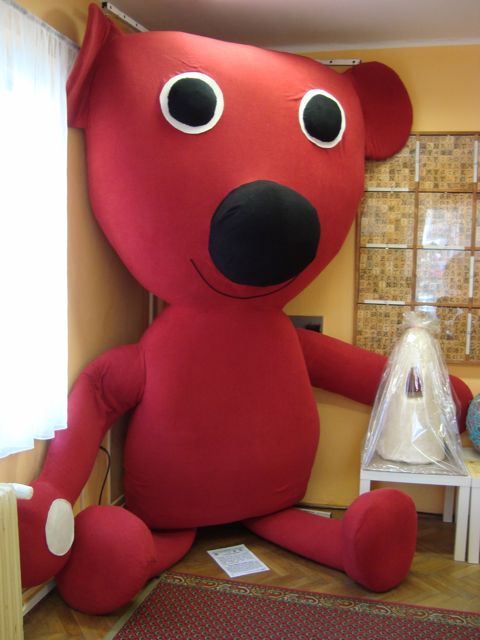
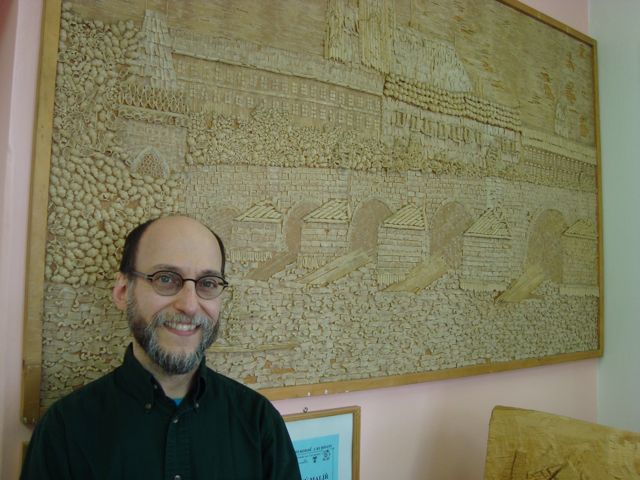
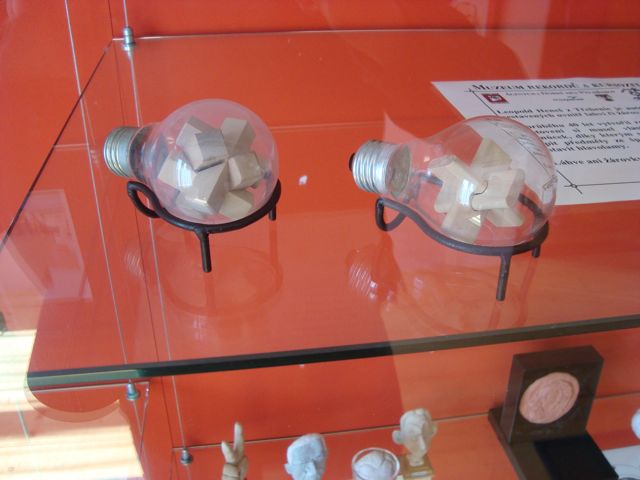
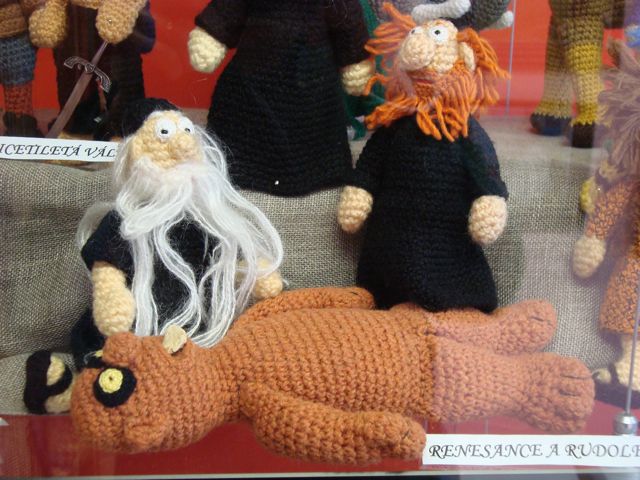
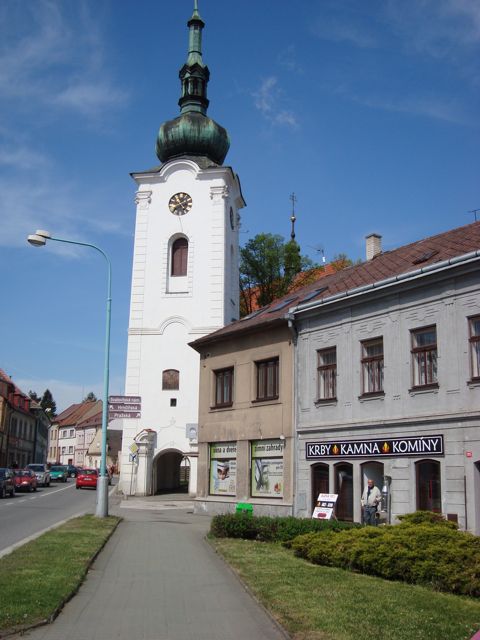
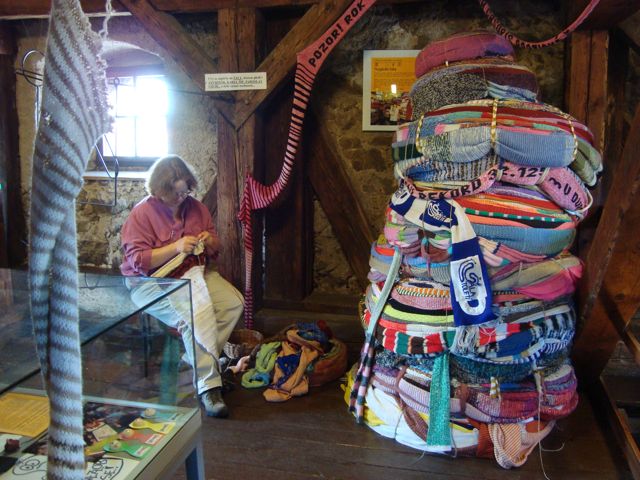
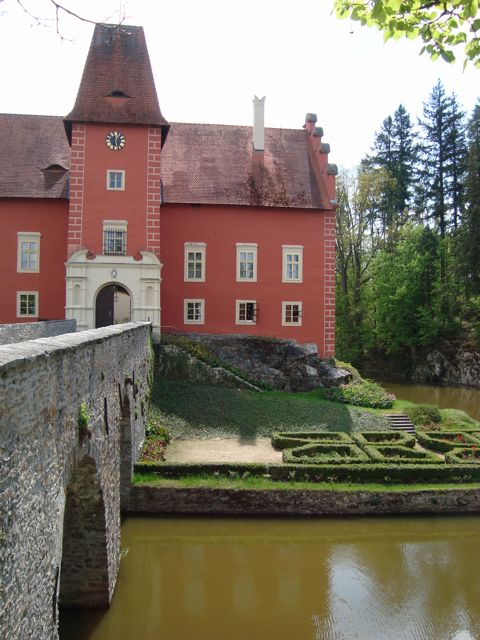
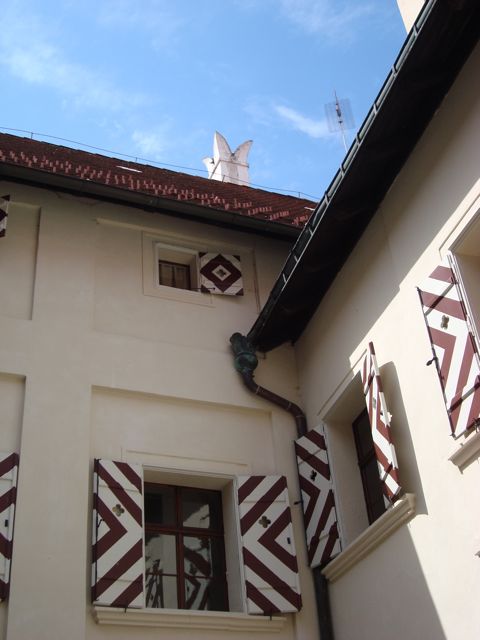
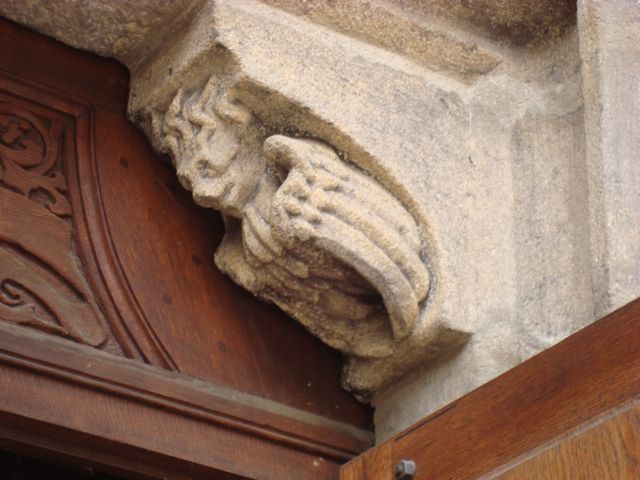
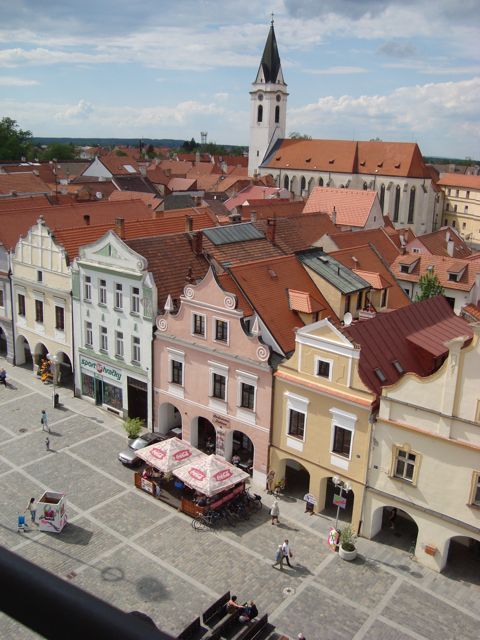
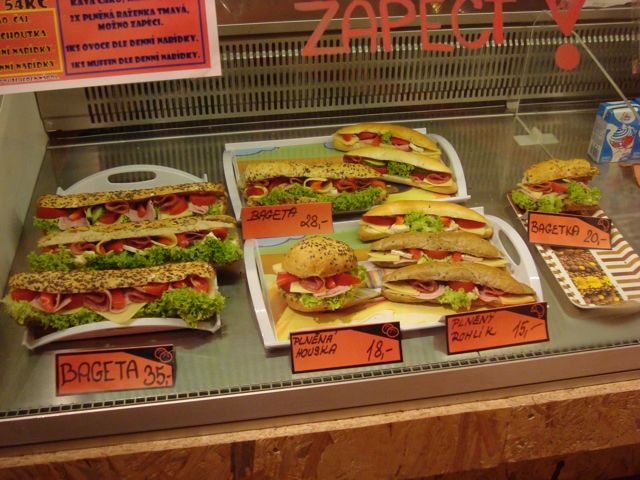
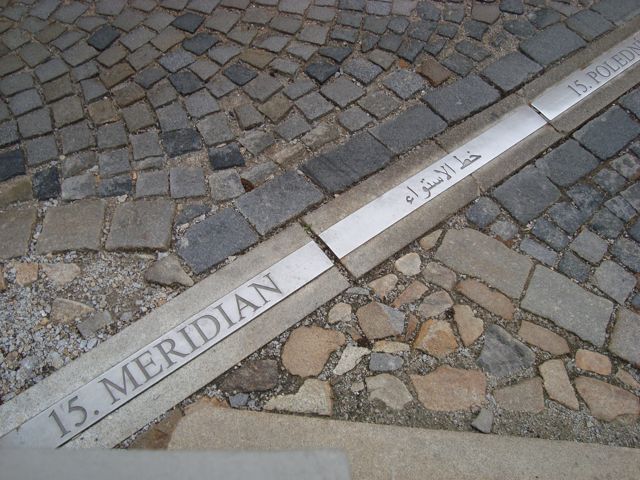
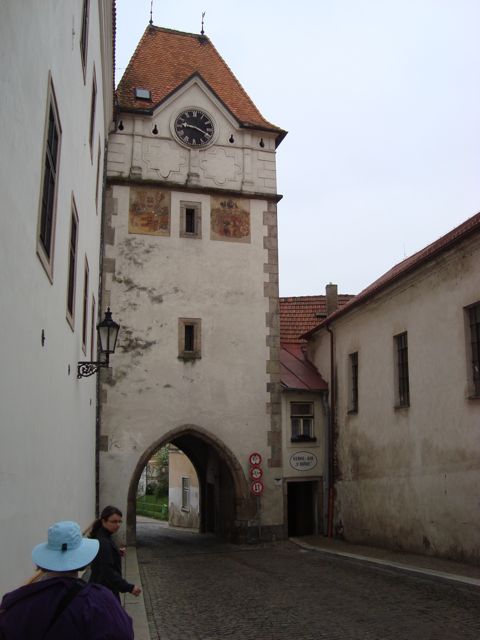
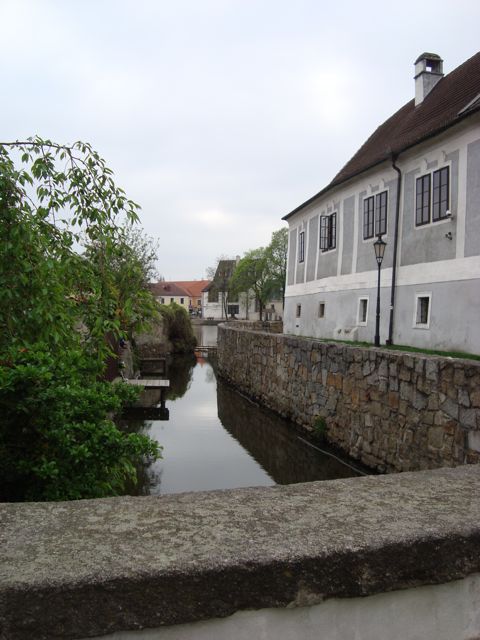
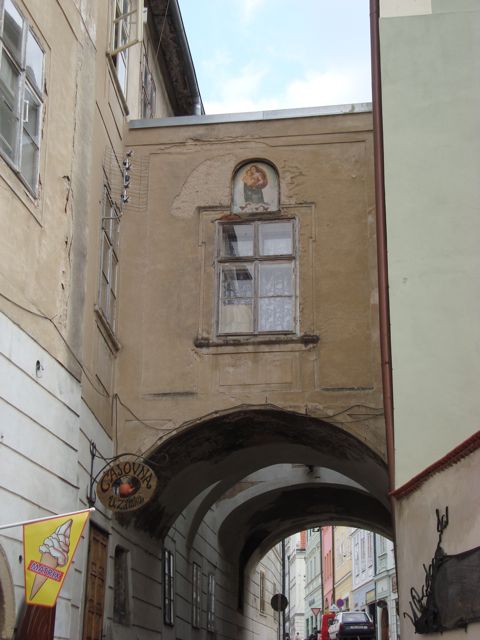
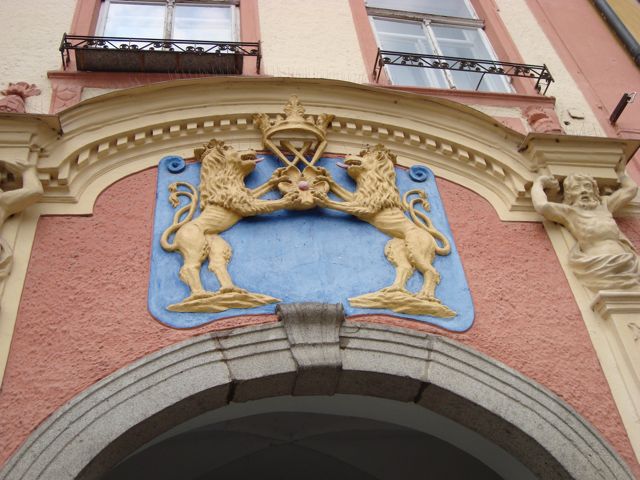
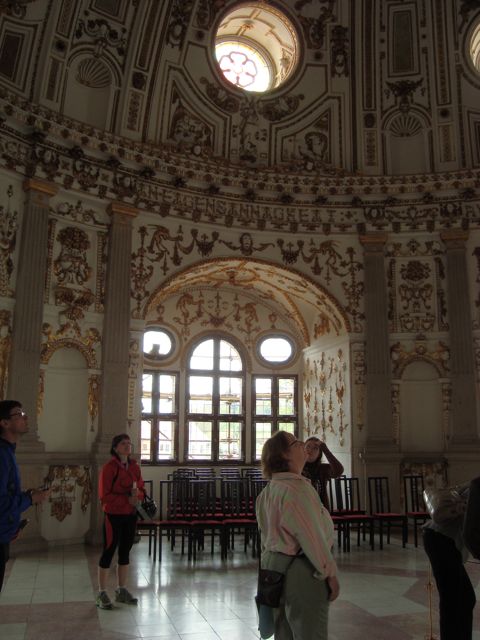
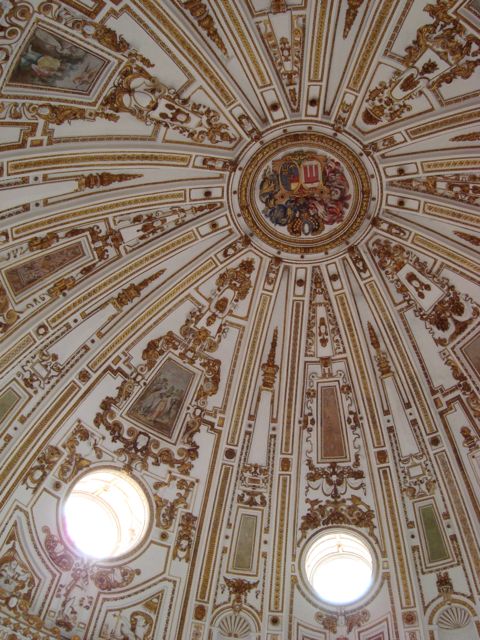
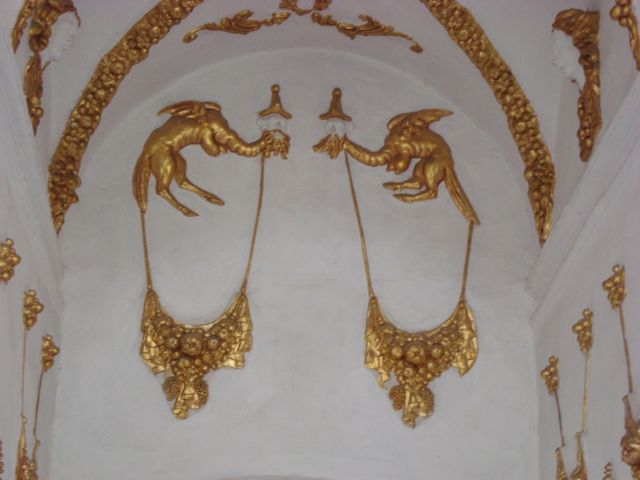
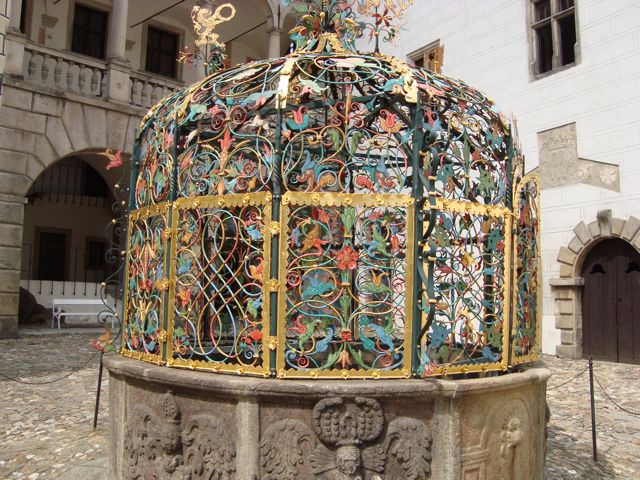
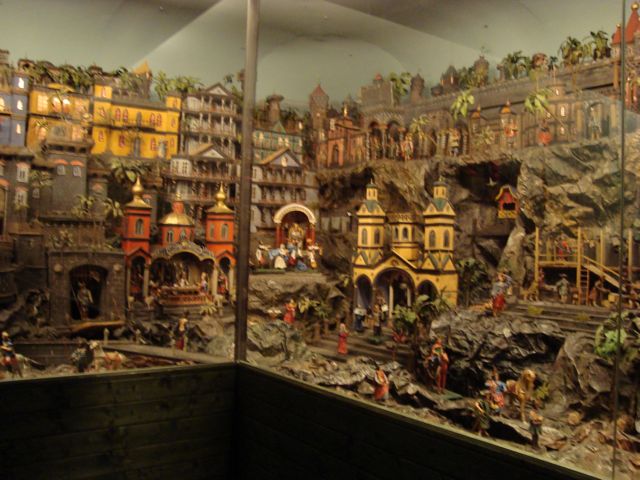
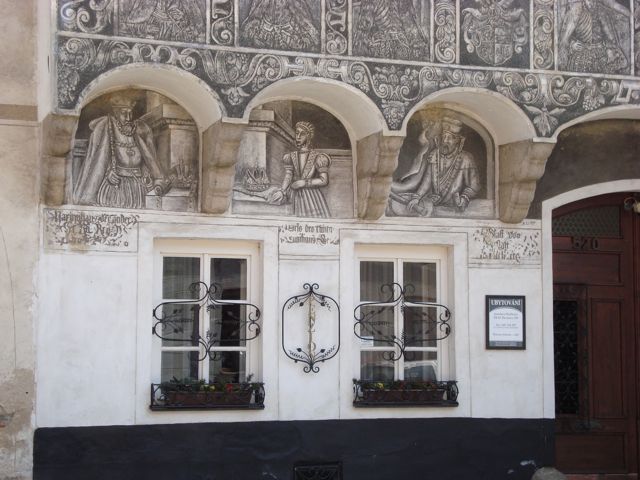
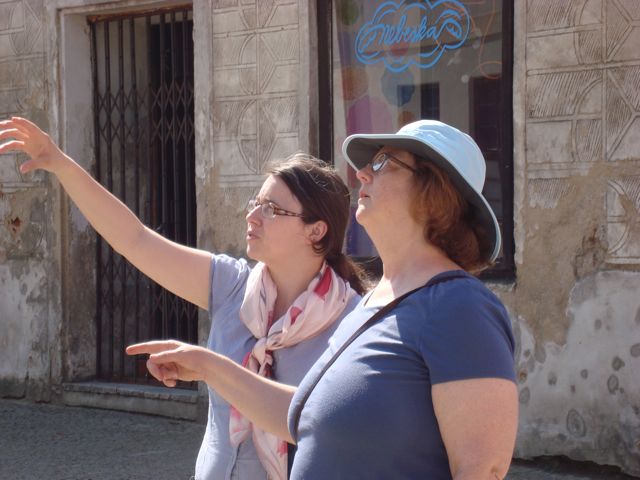
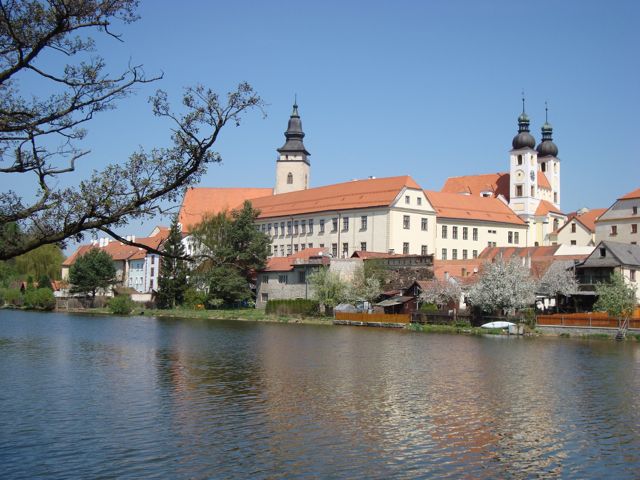
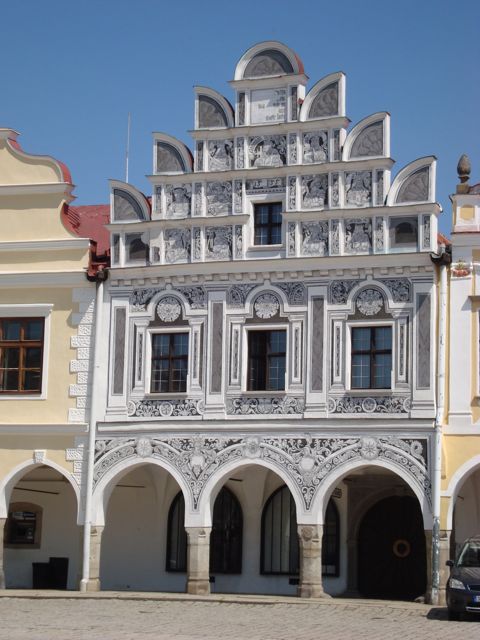
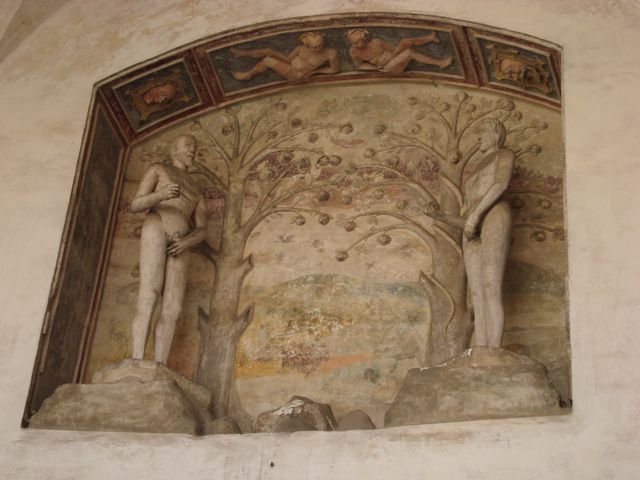
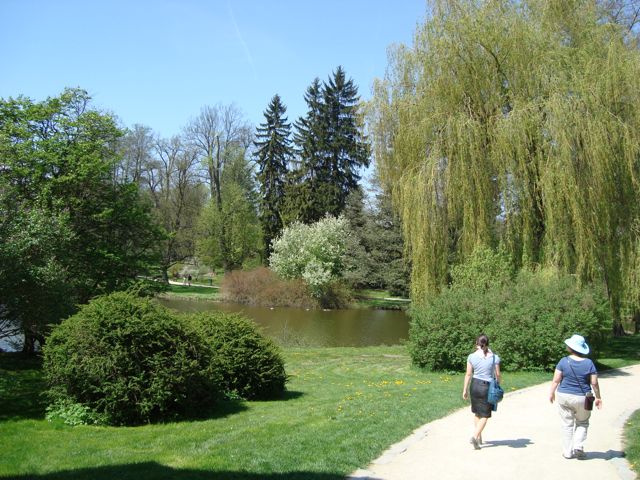

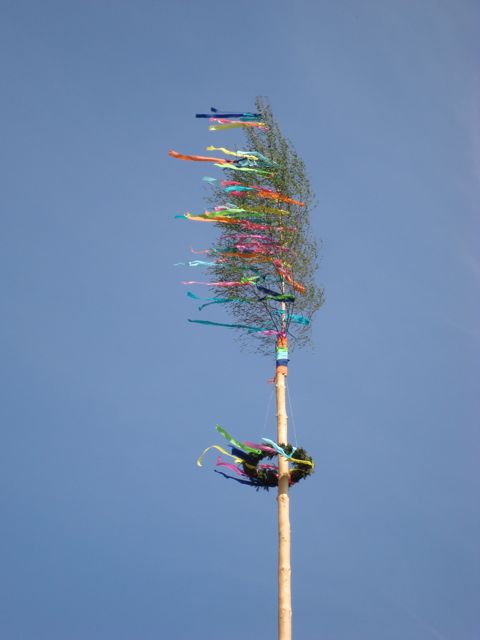
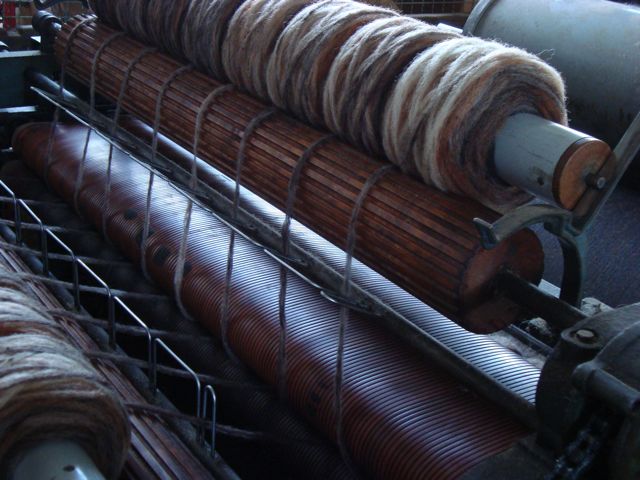
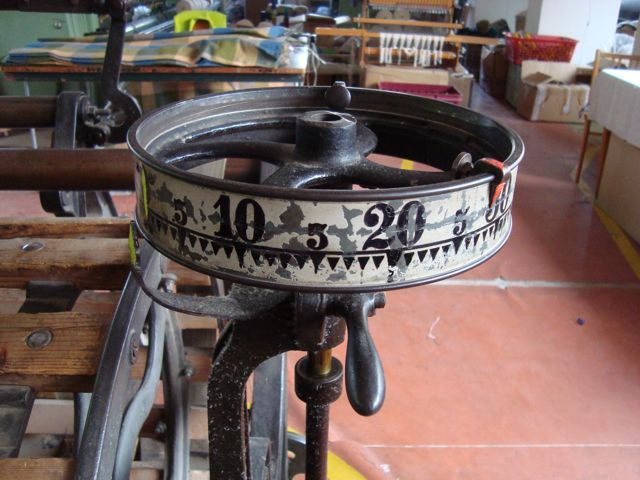
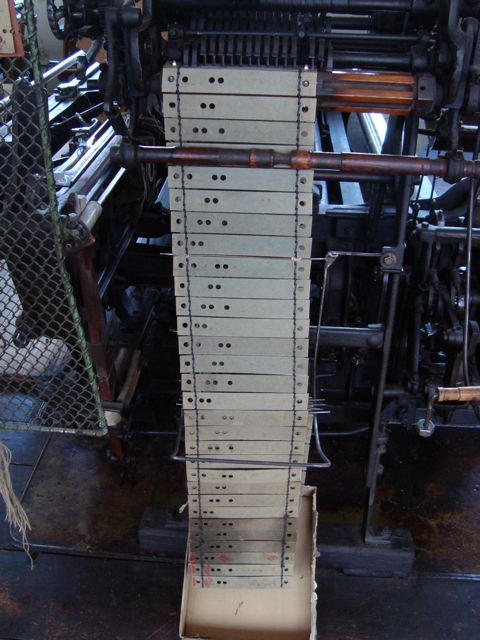
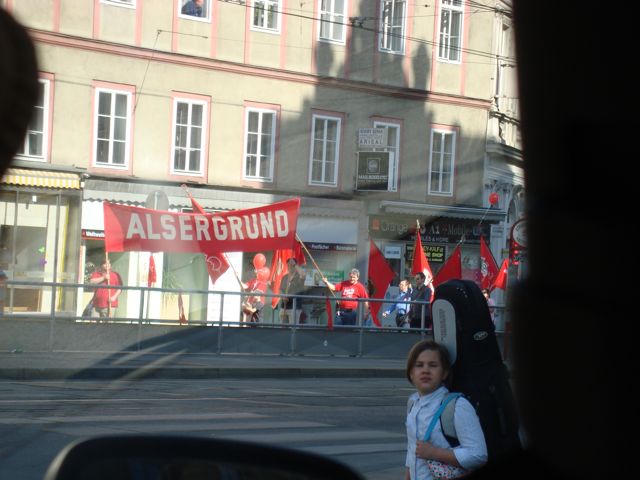
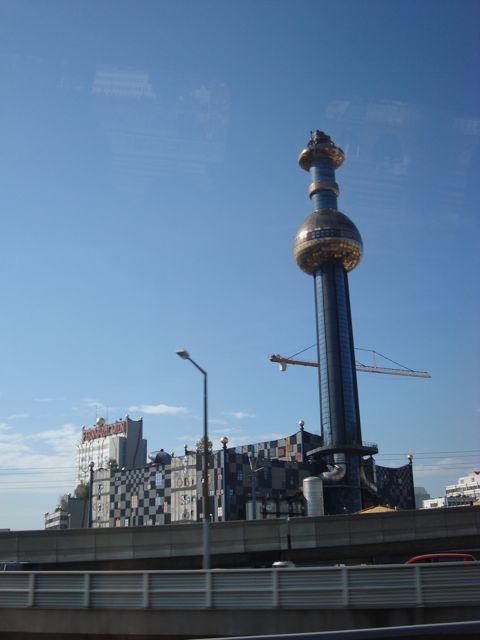
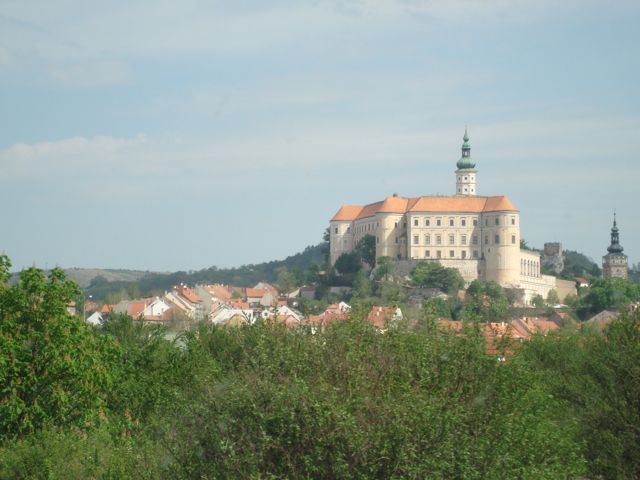
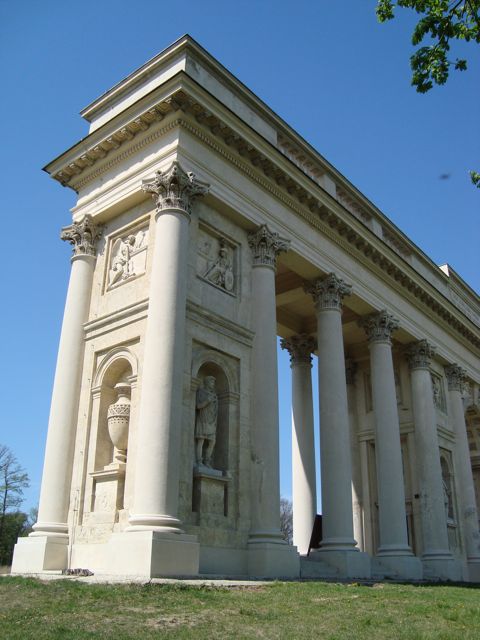
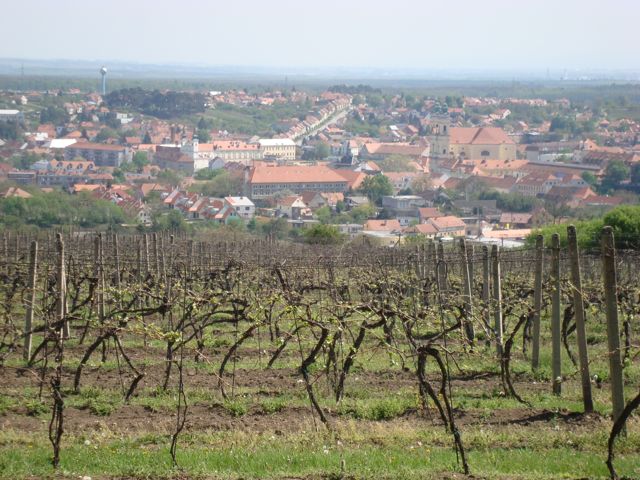
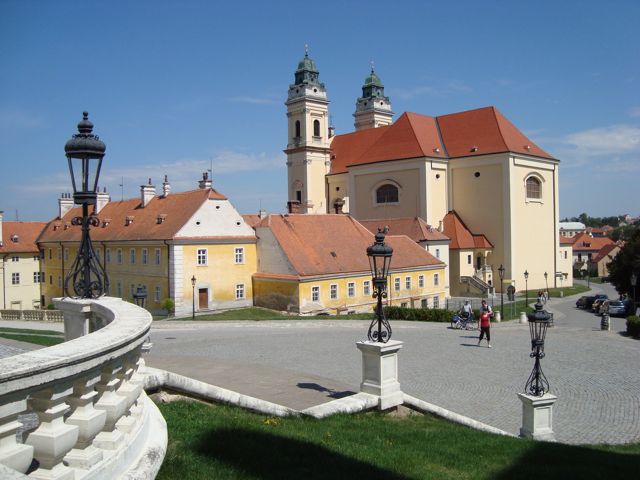
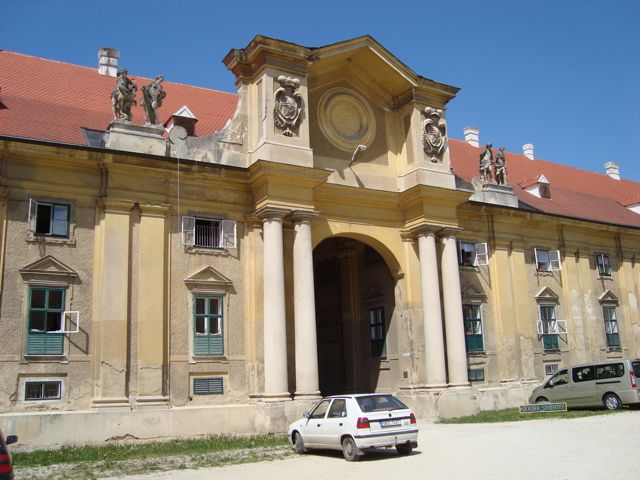
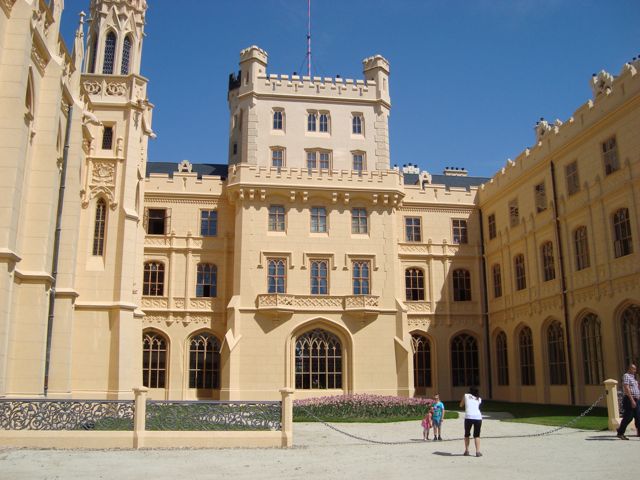
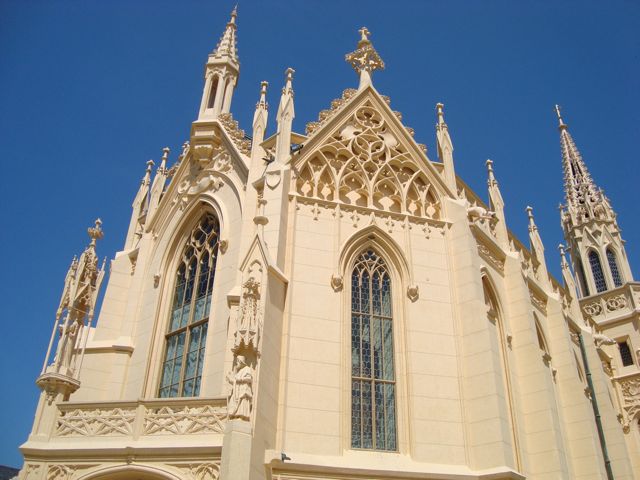
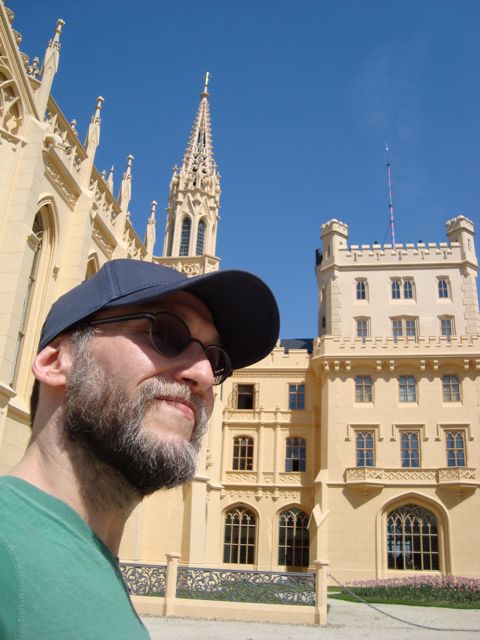
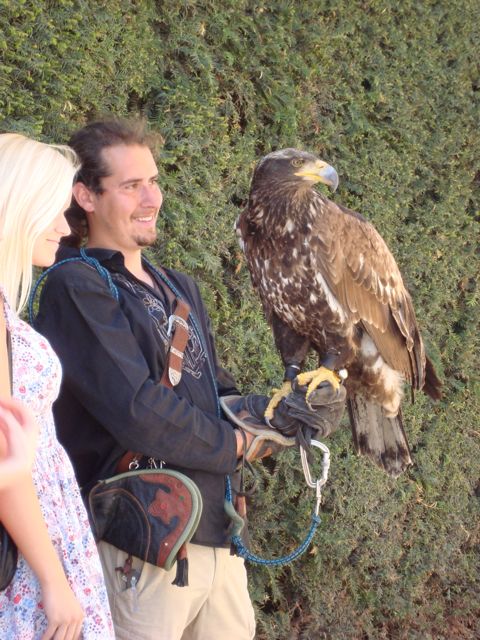
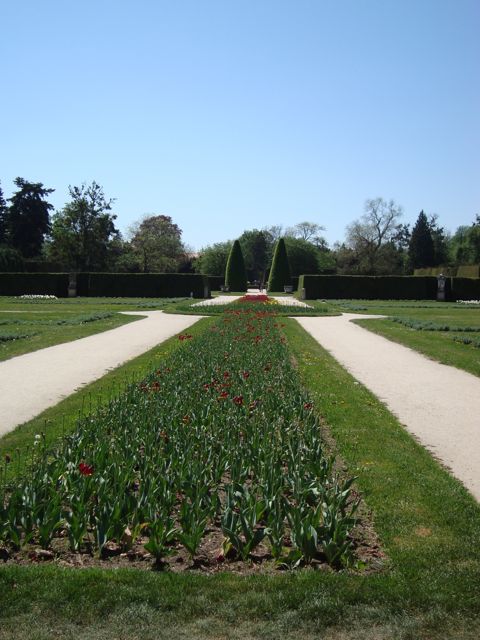
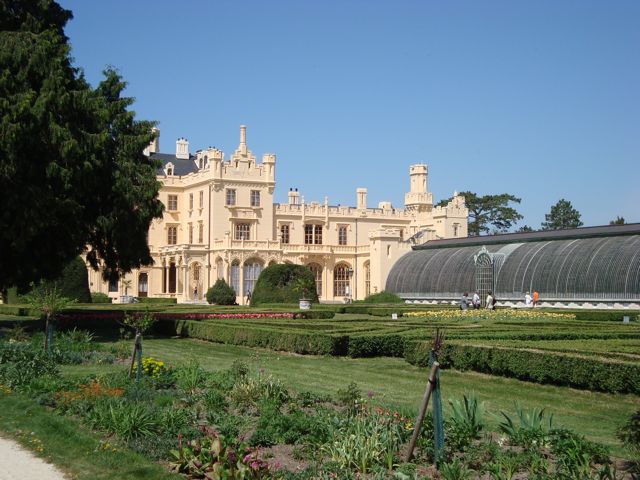
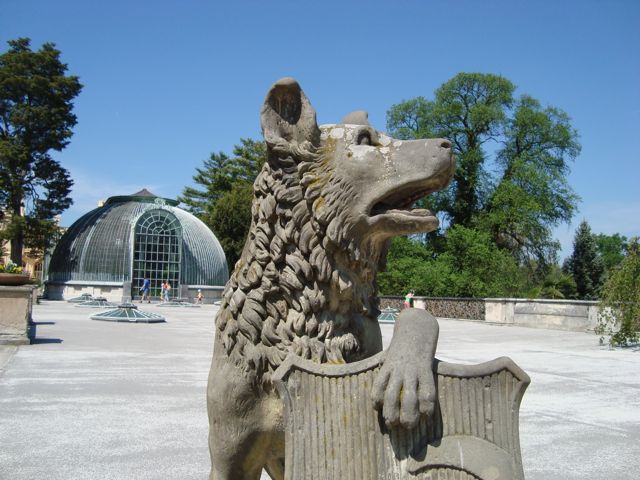
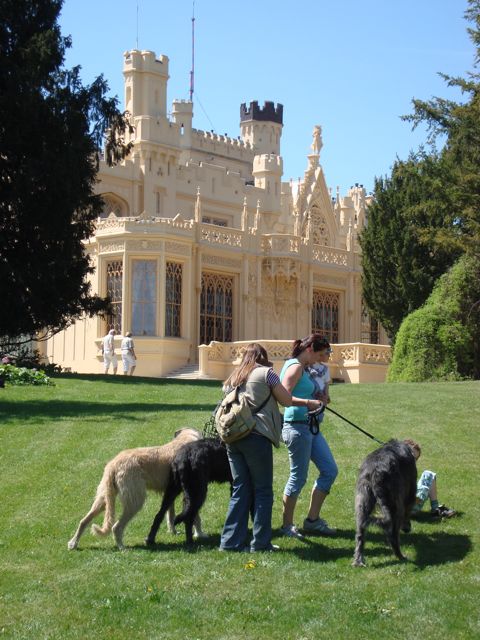
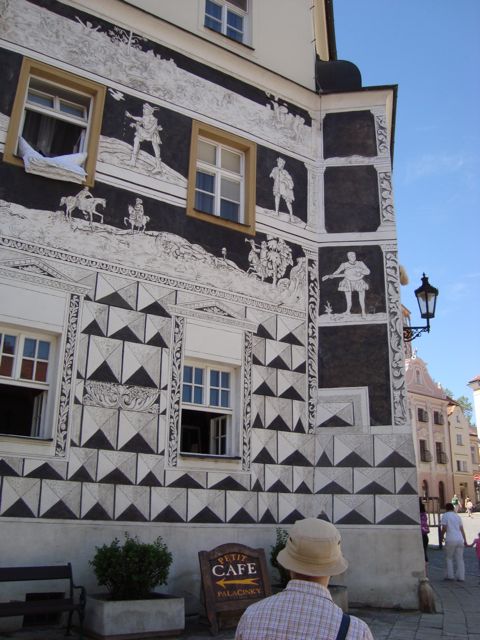
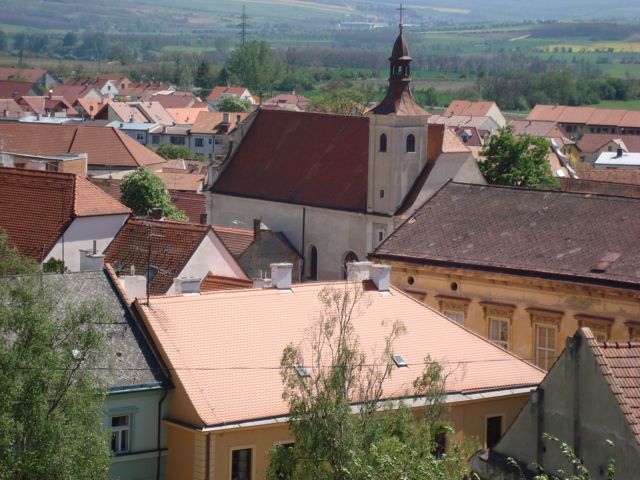
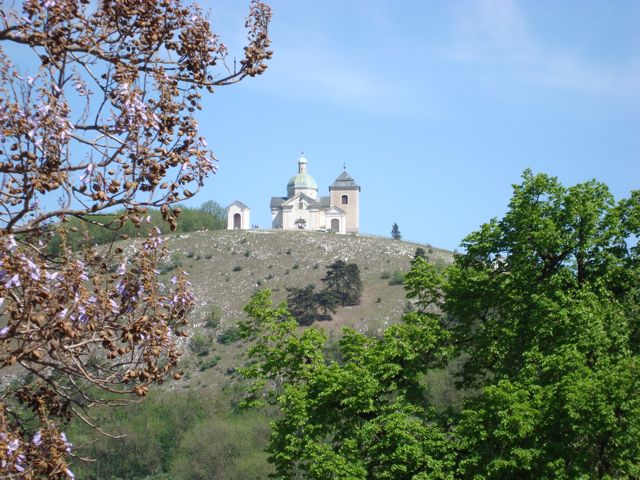
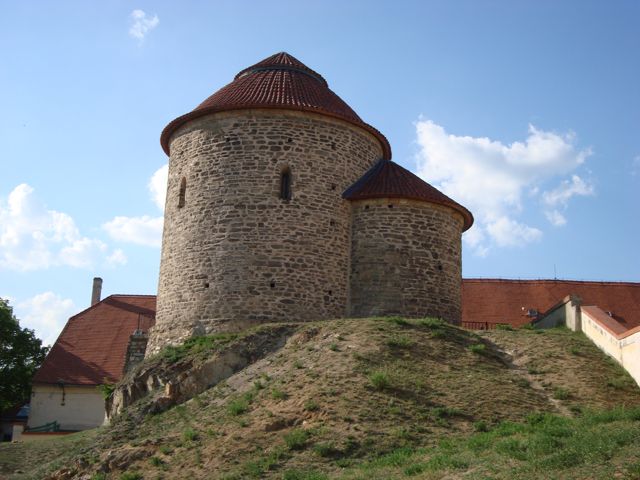
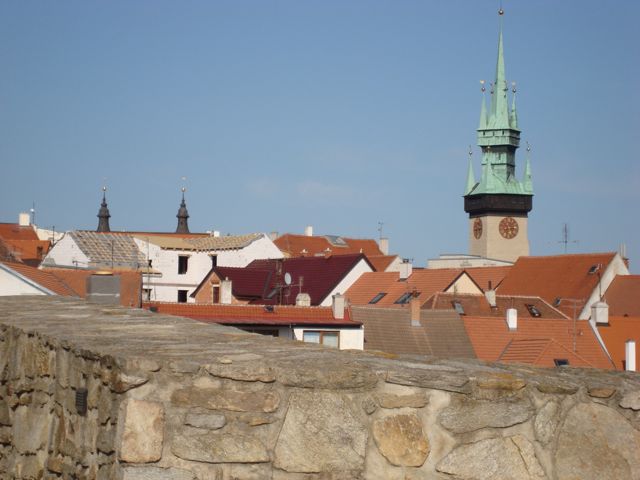
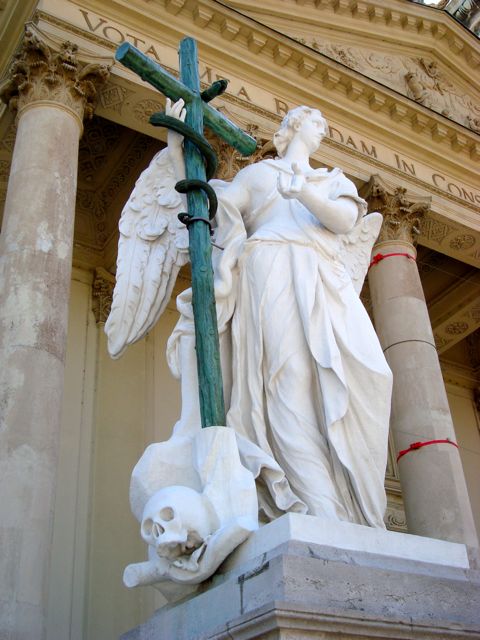
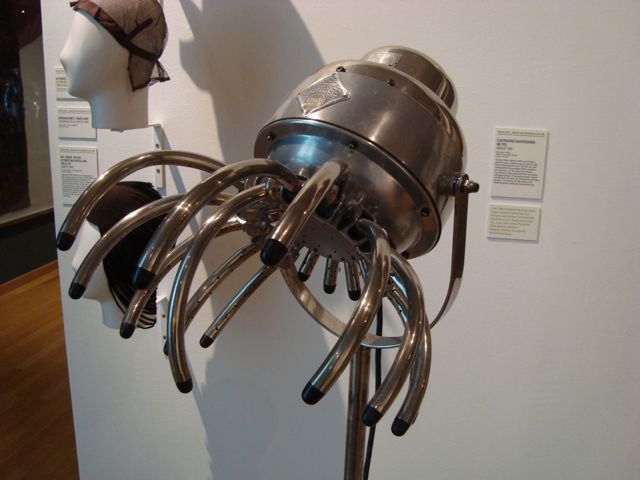
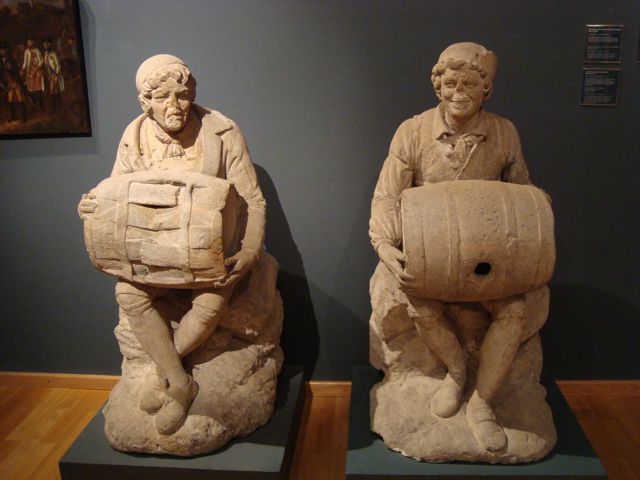
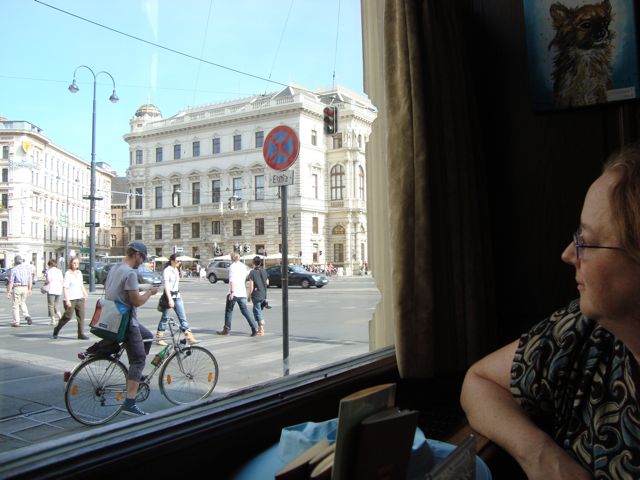
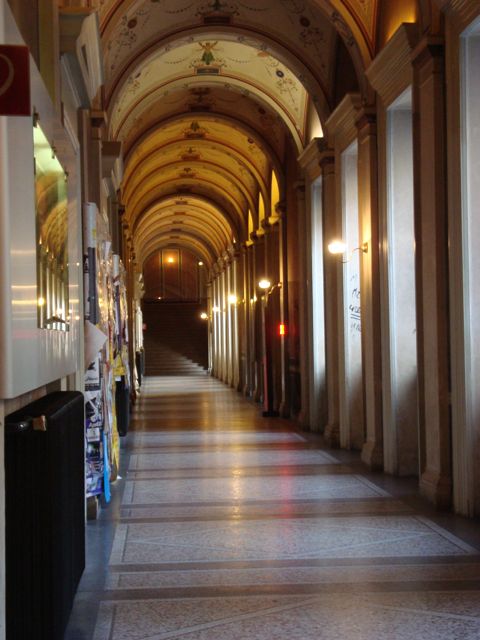
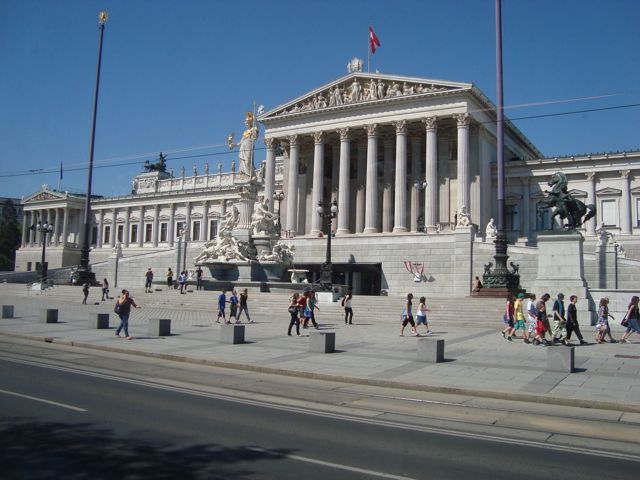
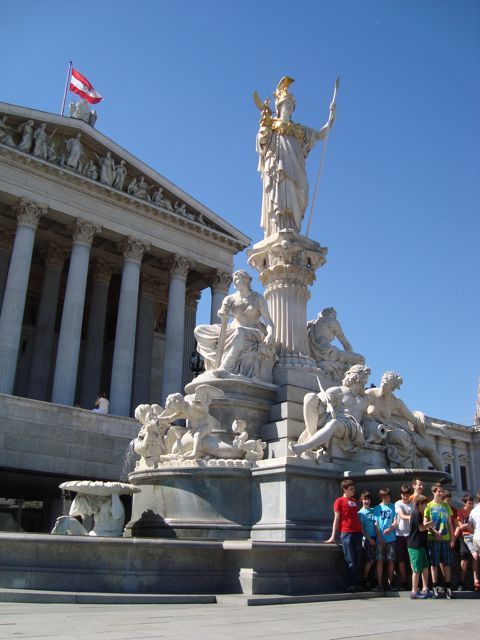
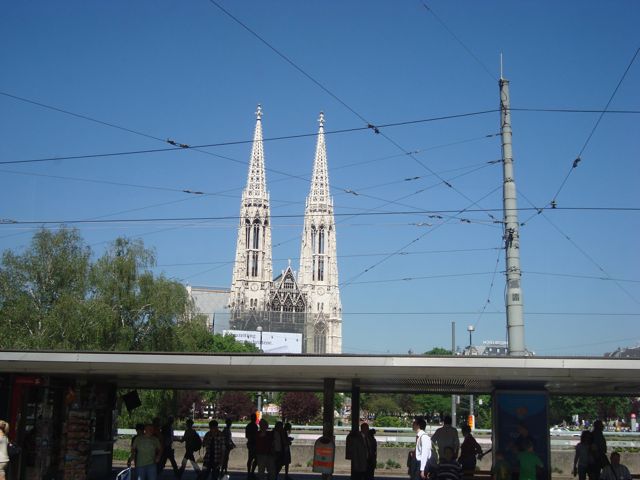
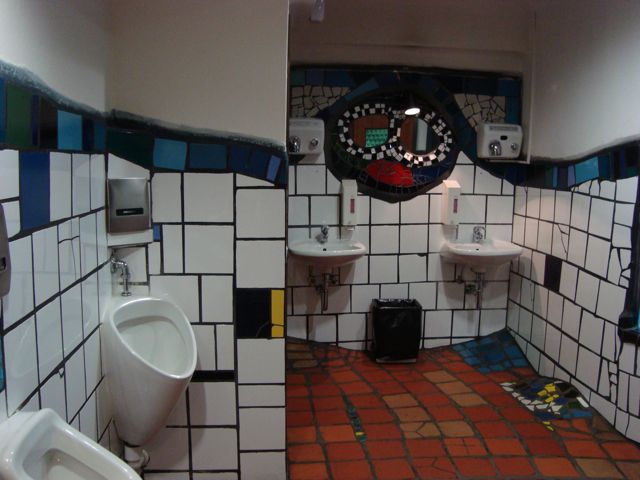
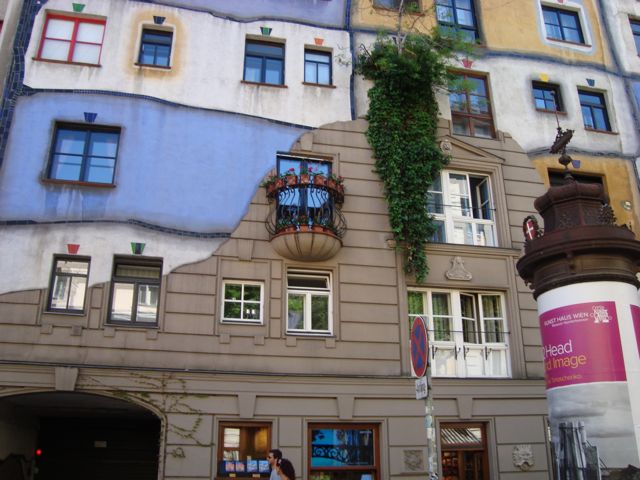
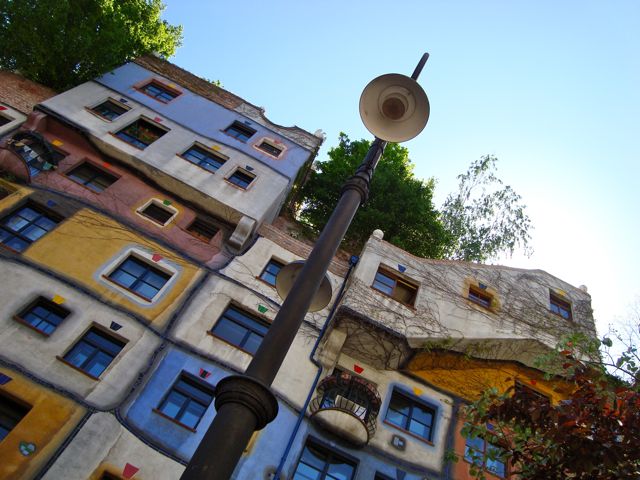
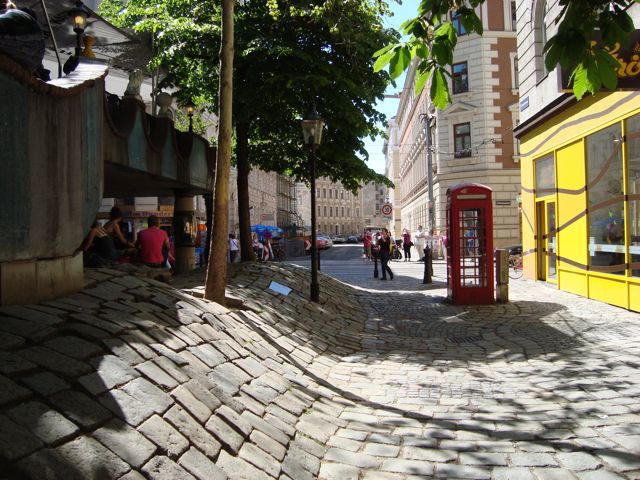
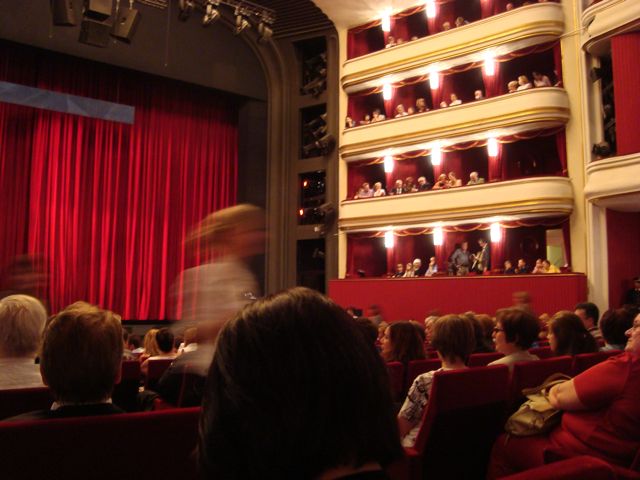
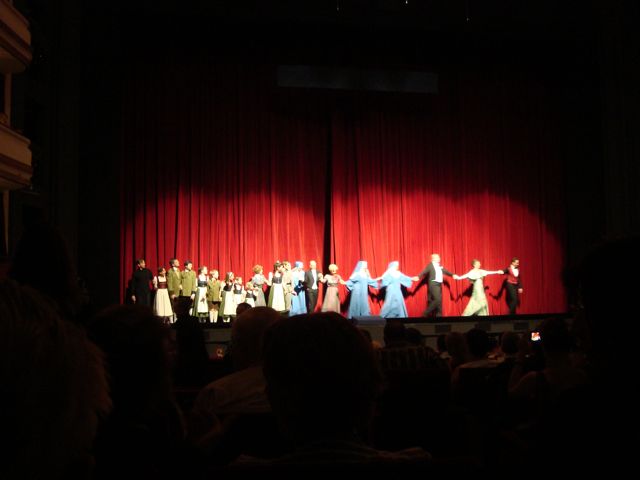

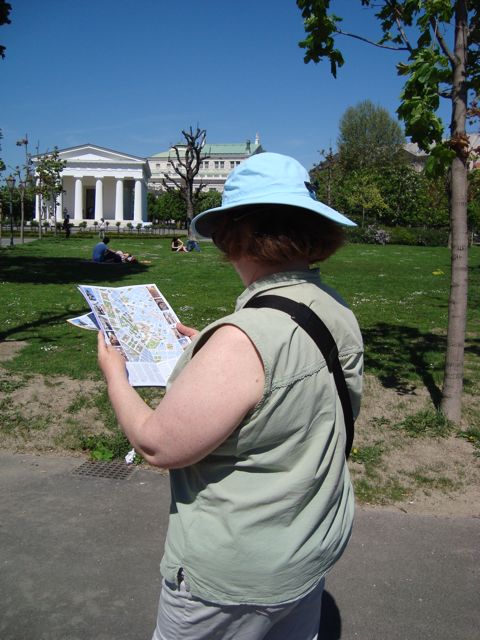
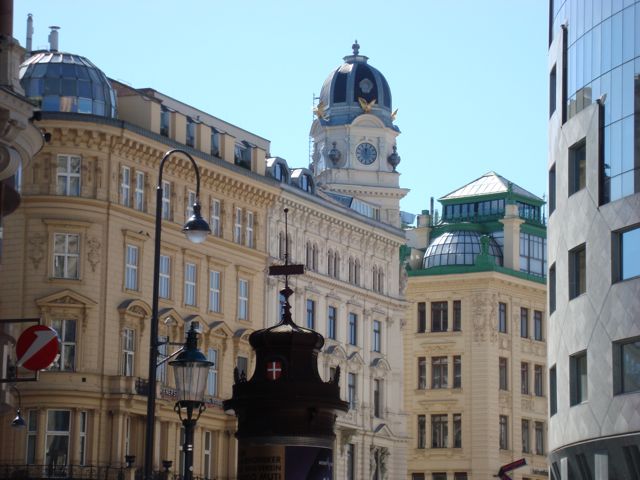
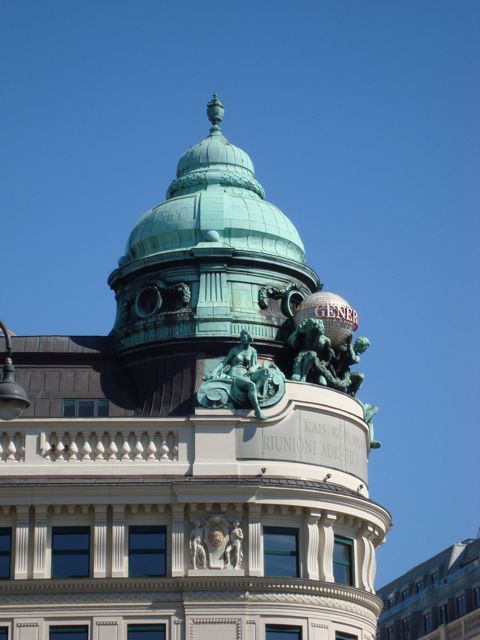
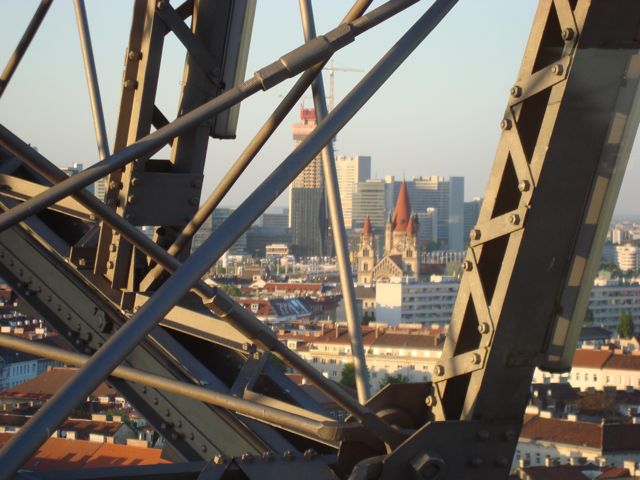

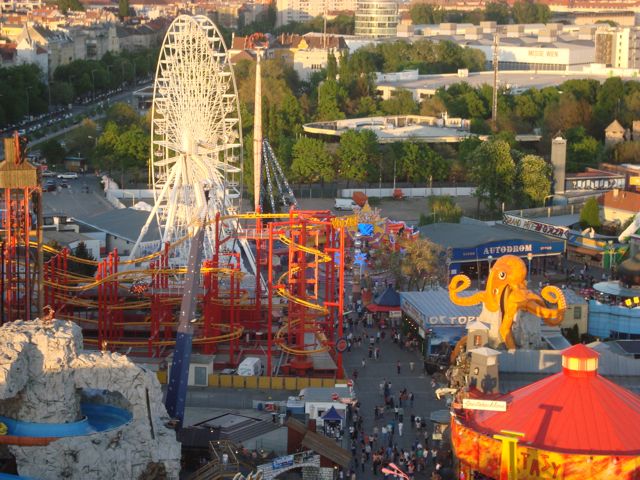
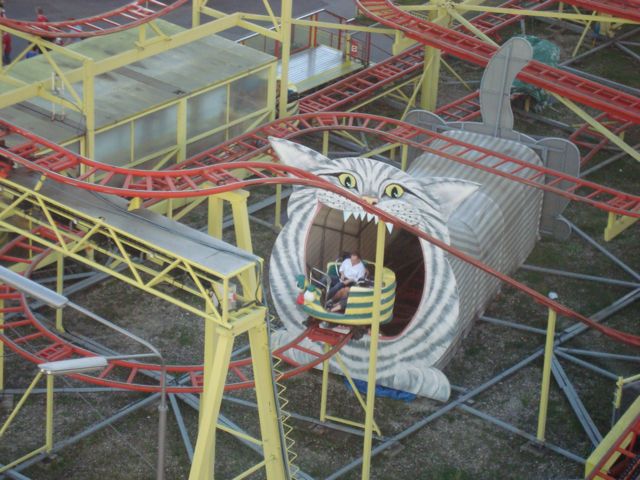
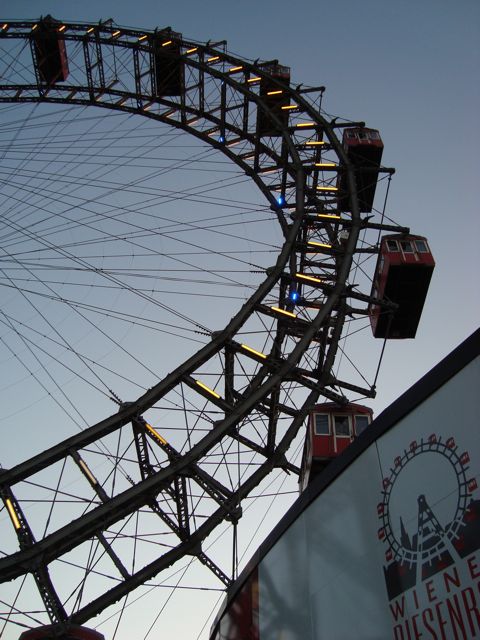
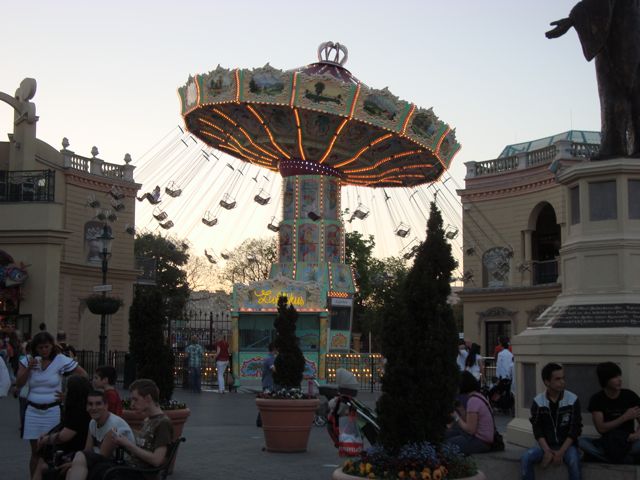
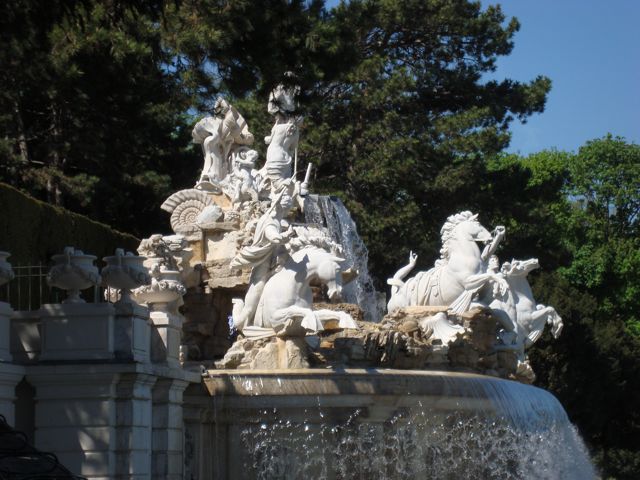
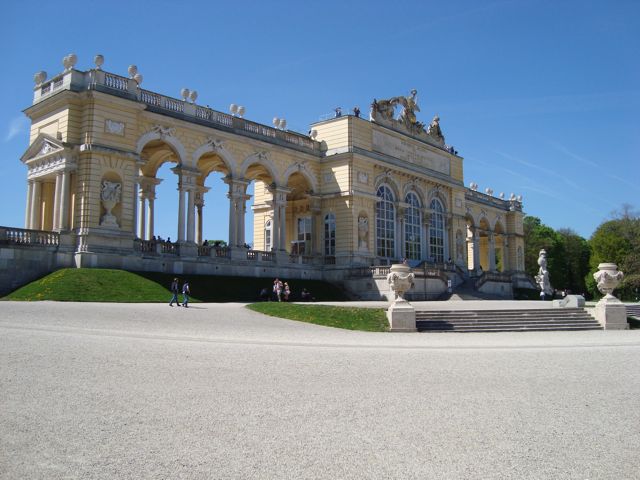
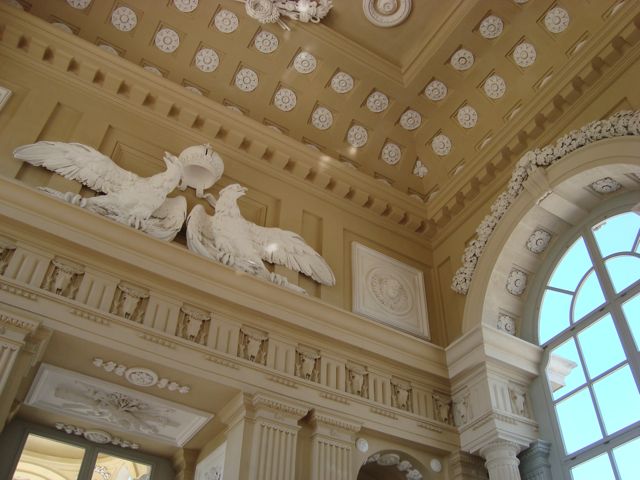
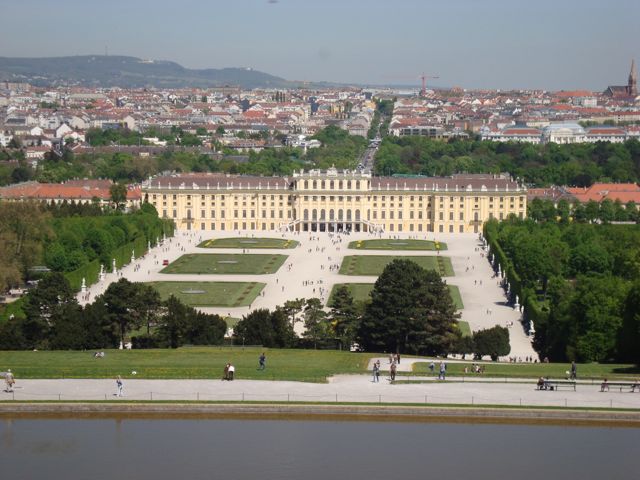
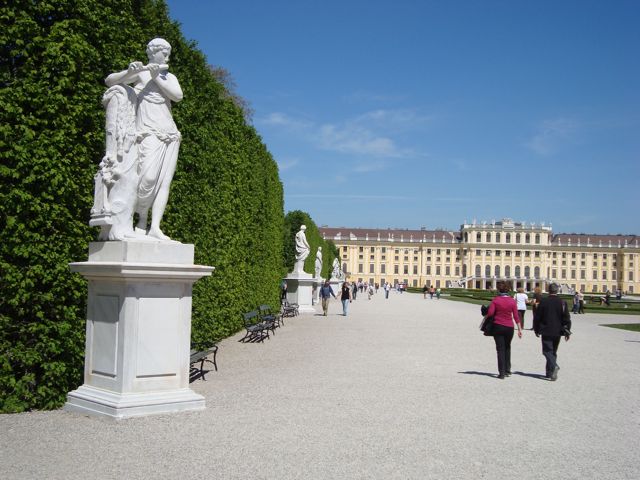
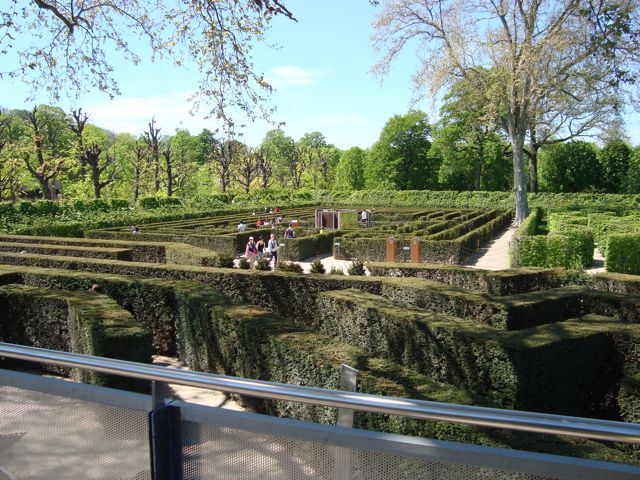
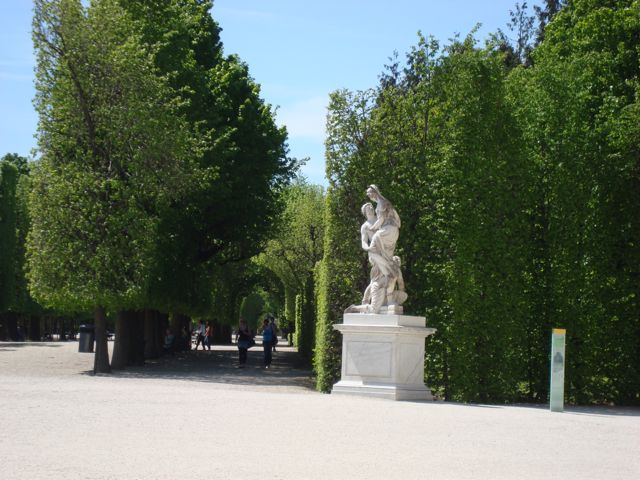
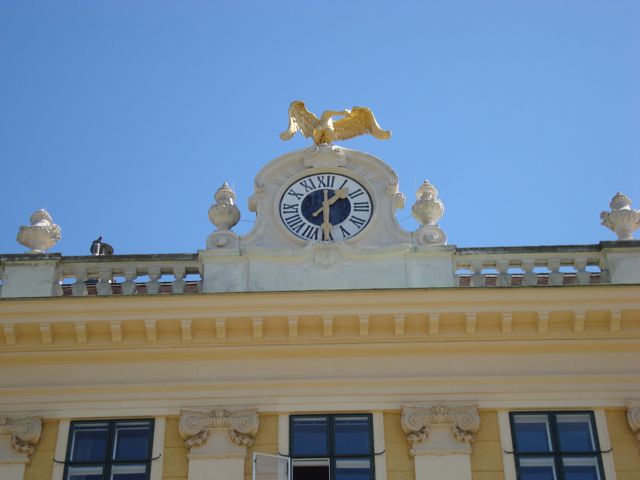
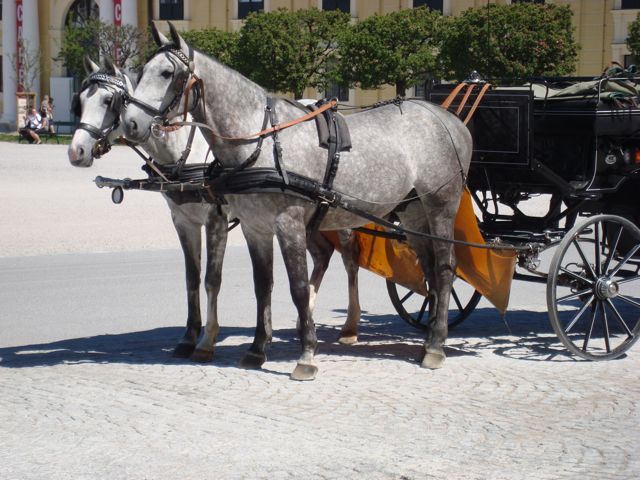
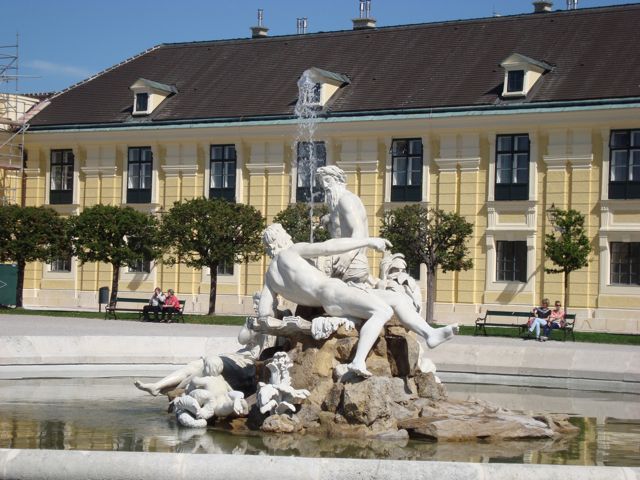
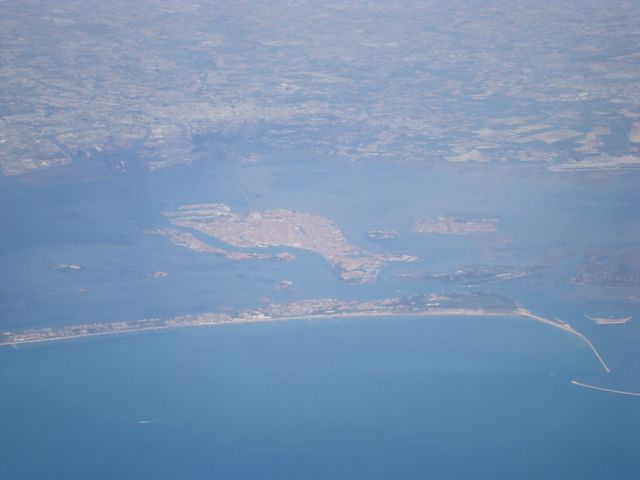
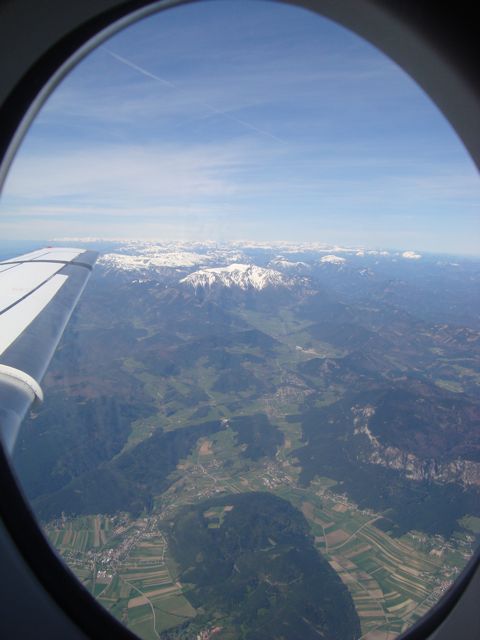
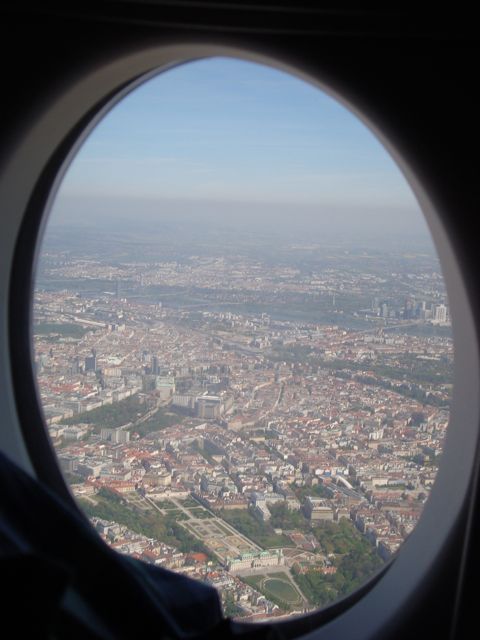
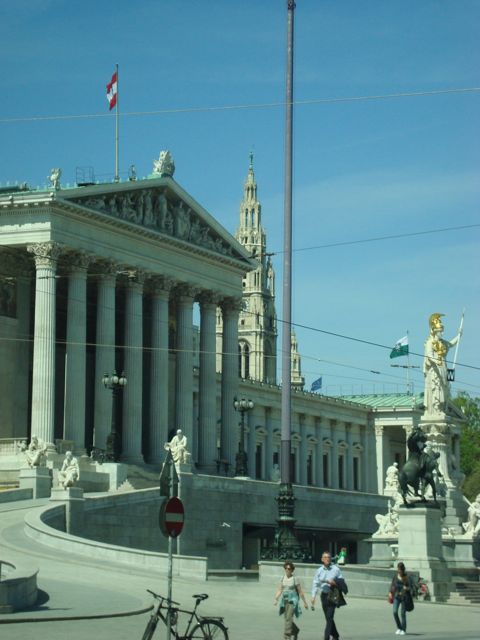
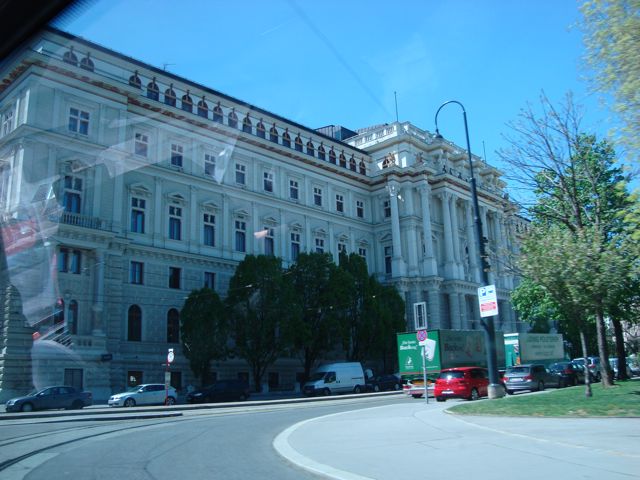
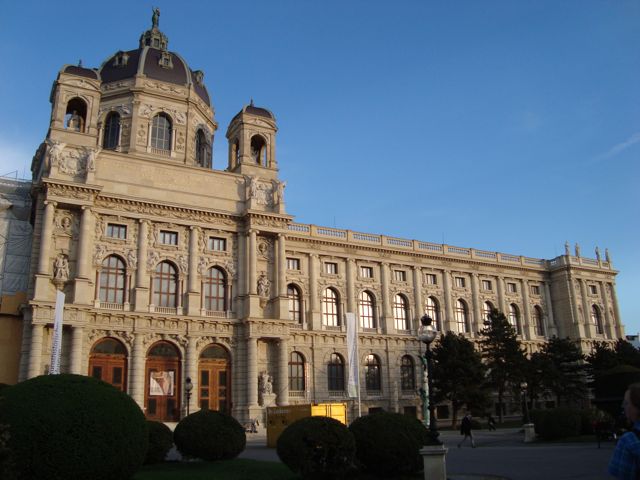
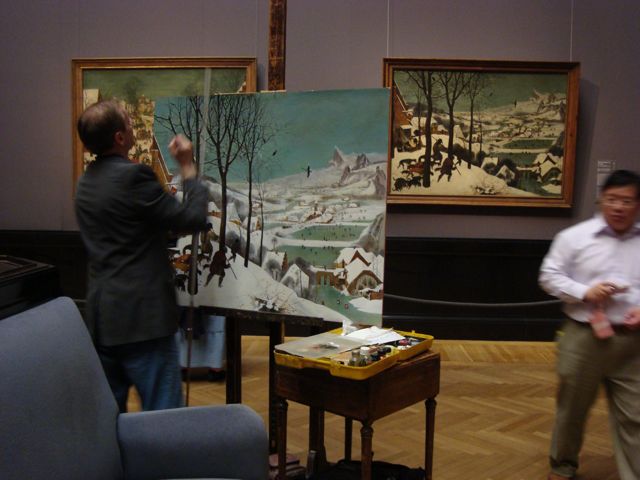
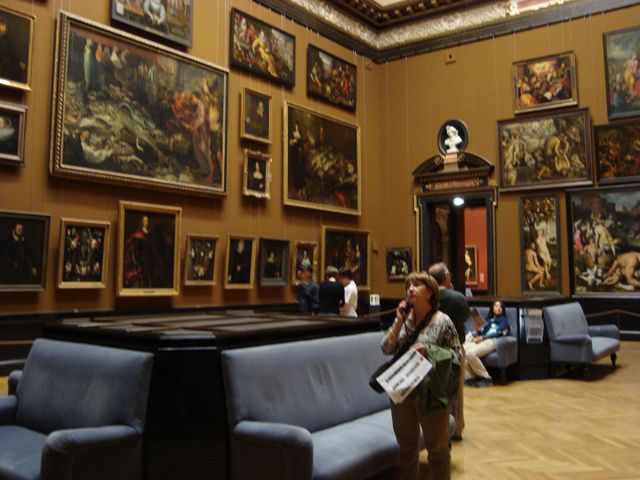
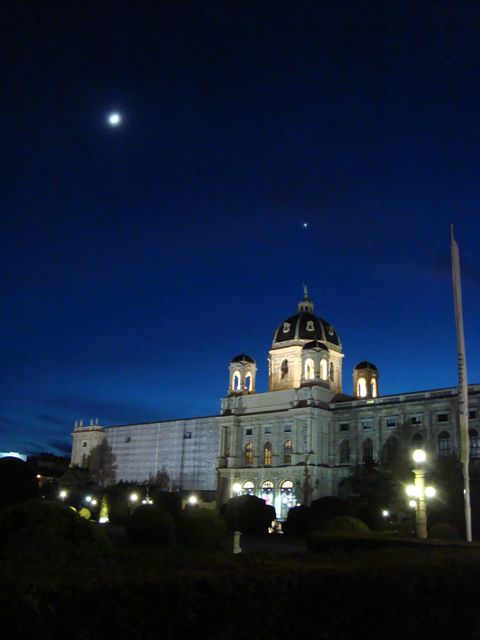
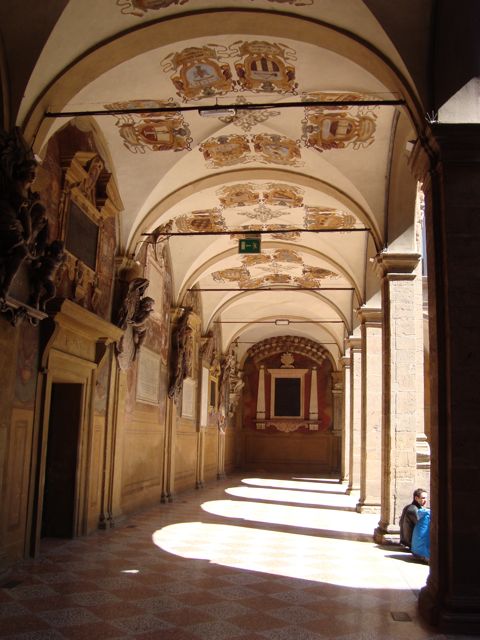
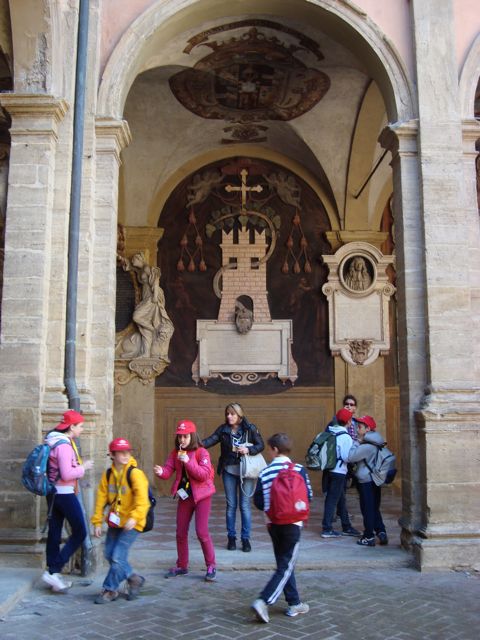
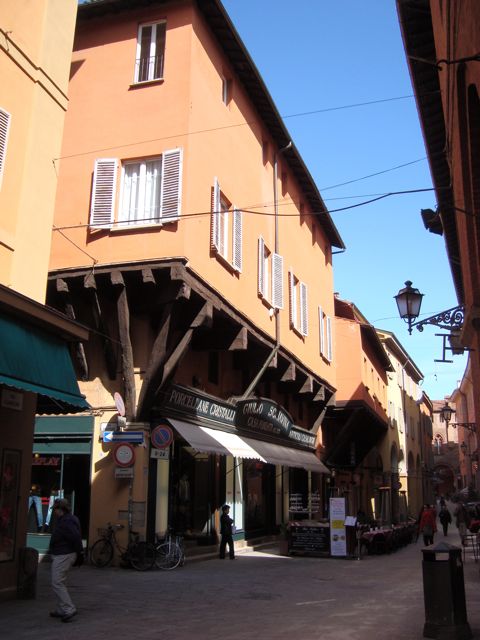
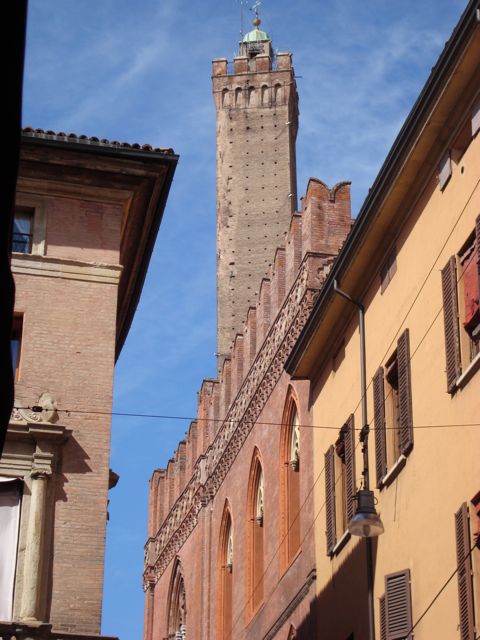
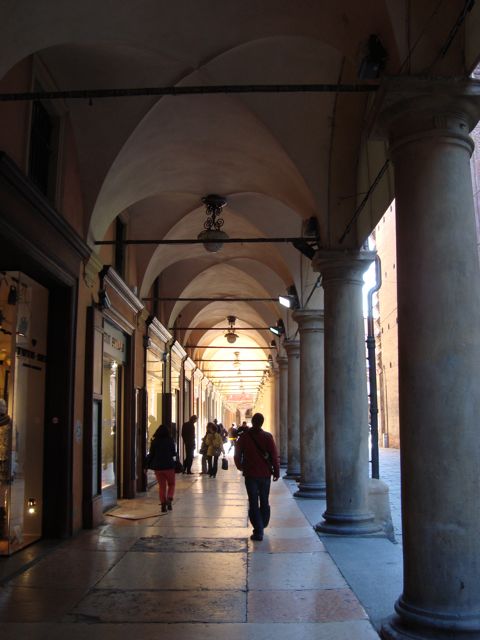
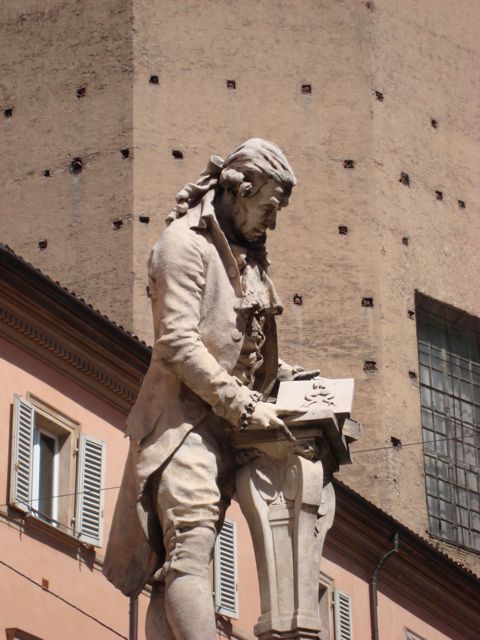
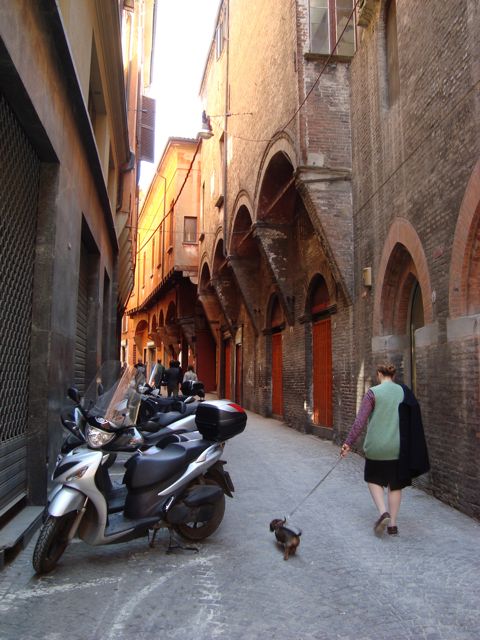

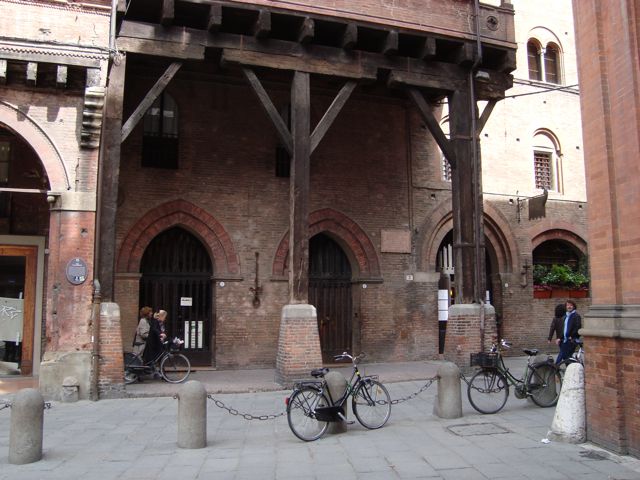
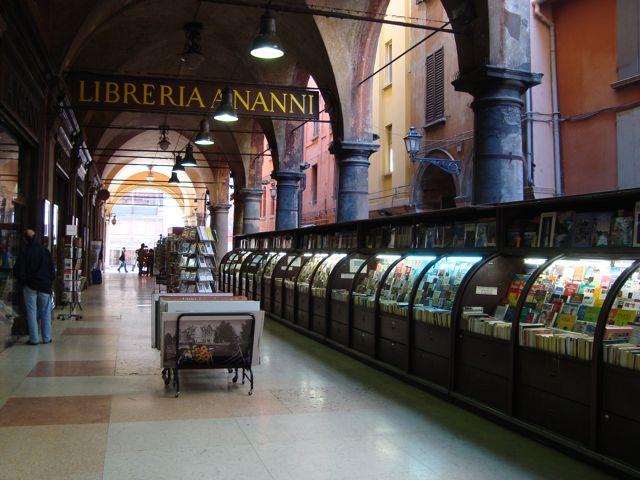
Recent Comments